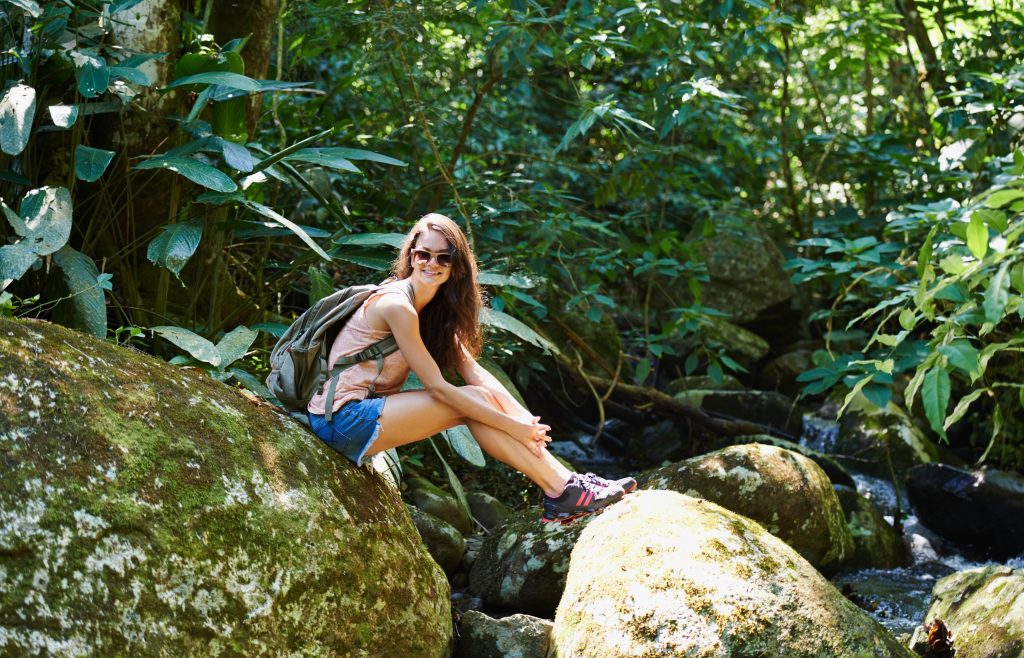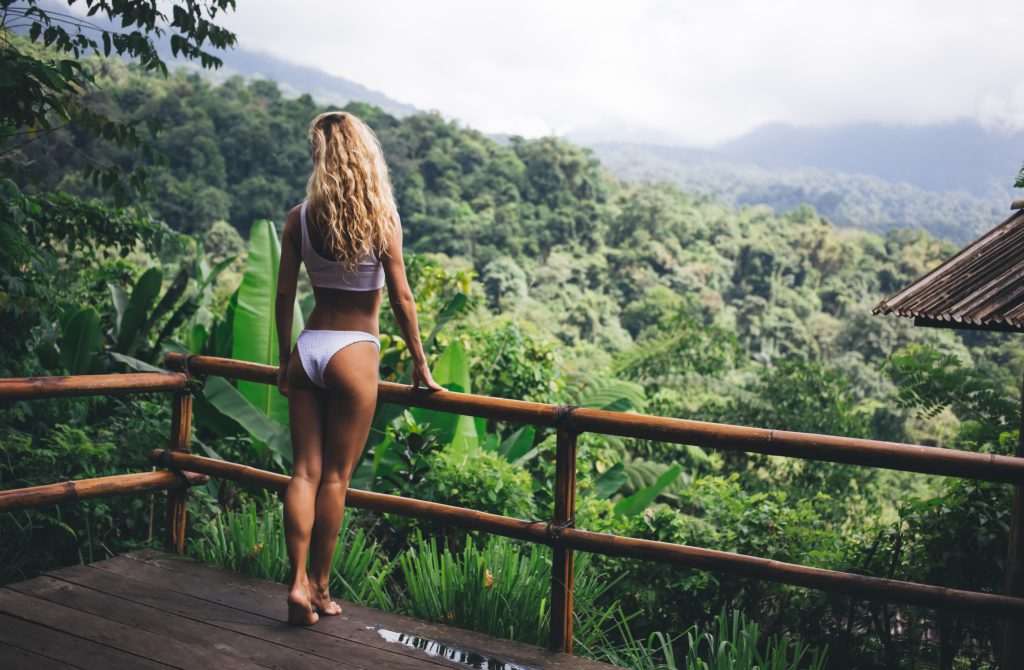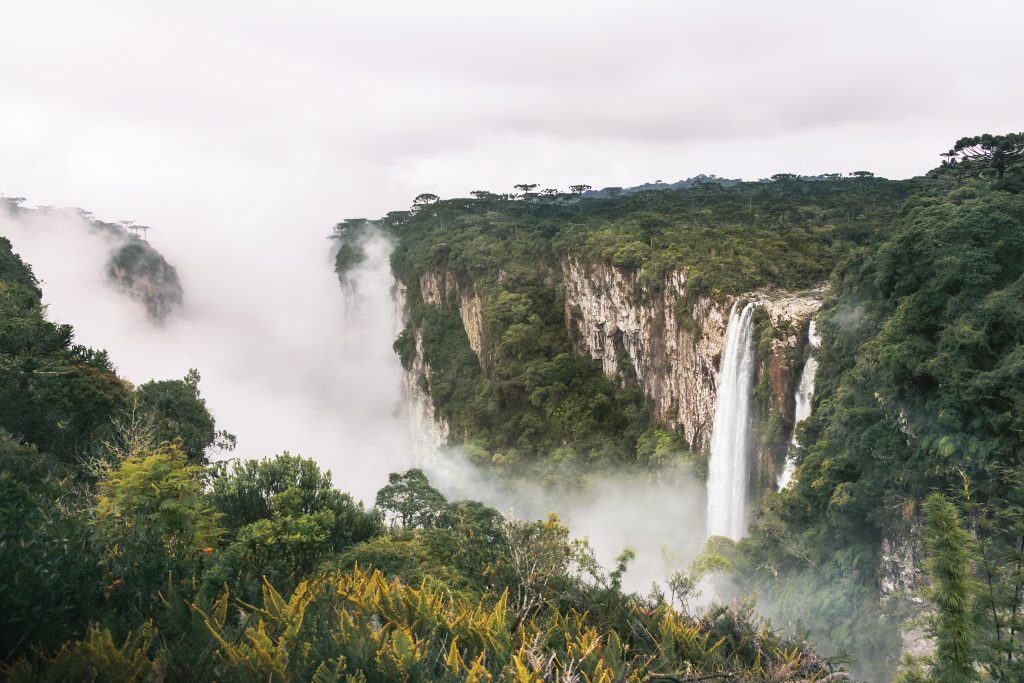South America is a continent of unparalleled biodiversity, where vibrant ecosystems teem with life and ancient cultures whisper through the dense foliage of its lush jungles. From the sprawling Amazon rainforest to the misty cloud forests of the Andes, these verdant landscapes offer travelers an opportunity to immerse themselves in nature’s grandeur like nowhere else on Earth. However, venturing into these remote and often challenging environments requires more than just a sense of adventure; it demands preparation, respect, and awareness of the unique conditions that define this extraordinary region.
Before you embark on your journey into the heart of South America’s jungles, it is essential to equip yourself with knowledge that will enhance your experience and ensure your safety. Whether you are seeking the thrill of spotting elusive wildlife, the serenity of a hidden waterfall, or the rich cultural encounters with indigenous communities, understanding the intricacies of jungle travel is paramount. In this blog post, we will explore ten vital things you need to know before setting foot in these captivating landscapes. From the practicalities of health and safety to the ethical considerations of interacting with local ecosystems and communities, we aim to provide you with the insights necessary to unlock the secrets of South America’s lush jungles. Prepare to embark on an unforgettable adventure that not only enriches your soul but also deepens your appreciation for one of the planet’s most precious natural treasures.
1. Research Your Destination

South America is home to some of the most biodiverse jungles in the world, including the Amazon Rainforest, the Atlantic Forest, and the Chocó Biogeographic Region. Each of these ecosystems offers unique flora and fauna, as well as distinct cultural experiences. Before you set off, dedicate time to research the specific jungle you intend to visit. Understand its geography, climate, and the best times to visit. For instance, the Amazon experiences a wet season from December to May, which may affect accessibility and wildlife sightings. Conversely, the dry season is often more comfortable for trekking and exploration but may limit the visibility of certain species. Knowing these details will help you plan your itinerary effectively and maximize your opportunities for adventure.
2. Prepare for the Climate
The jungles of South America are famously humid and warm, with temperatures often exceeding 30°C (86°F) during the day. However, conditions can vary greatly depending on the time of year and specific location. Be prepared for sudden rain showers, especially during the wet season, which can lead to muddy trails and increased insect activity. Dress in lightweight, breathable clothing that can dry quickly, and consider moisture-wicking fabrics to stay comfortable. Additionally, layering is key; mornings can be cooler, while afternoons heat up significantly. Don’t forget to pack a high-quality rain jacket and waterproof bags for your electronics and important documents. Proper preparation for the climate will not only enhance your comfort but also allow you to focus on enjoying the stunning scenery around you.

3. Vaccinations and Health Precautions
Before traveling to the jungles of South America, it is crucial to consult with a healthcare professional regarding necessary vaccinations and health precautions. Common vaccinations recommended for jungle travel include Hepatitis A and B, Typhoid, and Tetanus. Additionally, travelers should consider getting vaccinated against Yellow Fever, as it is prevalent in many jungle regions. Malaria is another concern; depending on your destination, you may need to take preventive medication. Carry a good supply of insect repellent containing DEET and consider wearing long sleeves and pants during peak mosquito activity times, especially at dawn and dusk. Staying informed about health risks and taking preventive measures will help ensure a safe and enjoyable journey through the jungle.
4. Respect Local Cultures and Communities
South America’s jungles are not only rich in biodiversity but also home to numerous indigenous communities with their own unique traditions and ways of life. When visiting these areas, it is essential to approach local cultures with respect and sensitivity. Engage with indigenous guides who can offer authentic insights into their lifestyles, beliefs, and the significance of the jungle to their communities. Be mindful of cultural practices and avoid taking photographs without permission. Supporting local economies by purchasing handmade crafts or participating in community-led tours can foster positive relationships and contribute to the preservation of their heritage. Understanding the cultural context of your destination will enhance your experience and promote responsible tourism.
5. Wildlife Awareness and Safety

The jungles of South America are teeming with wildlife, from vibrant birds and playful monkeys to elusive big cats. While the opportunity to observe these creatures in their natural habitat is exhilarating, it is essential to prioritize safety. Always maintain a safe distance from animals, as they can be unpredictable. When hiking, keep noise to a minimum to increase your chances of spotting wildlife and avoid startling them. Familiarize yourself with the local fauna, particularly any potentially dangerous species, such as snakes or insects. Additionally, be aware of your surroundings and avoid wandering off established trails, as this can lead to getting lost or encountering hazardous terrain. By practicing wildlife awareness and safety, you can enjoy the thrill of the jungle while minimizing risks.
6. Essential Gear and Packing Tips
Packing for a jungle adventure requires careful consideration of the unique environment. Essential gear includes sturdy hiking boots with good traction, a high-quality backpack, and a reliable water bottle or hydration system. A headlamp or flashlight is also crucial for navigating in low-light conditions. Additionally, consider packing a first-aid kit with basic supplies, including antiseptics, band-aids, and any personal medications. Binoculars are a valuable tool for wildlife watching, while a journal can be a wonderful way to document your experiences. Remember to pack light; the jungle can be challenging to navigate with heavy baggage. Prioritizing essential items will ensure you are well-equipped for your journey without being weighed down.
7. Embrace the Experience of Slow Travel
The lush jungles of South America are best experienced at a leisurely pace. Unlike urban destinations that often encourage a packed itinerary, the jungle invites you to slow down and immerse yourself in its beauty. Consider opting for multi-day treks or guided tours that allow you to explore deeper into the wilderness. This approach not only enhances your chances of spotting wildlife but also provides opportunities for spontaneous encounters and cultural exchanges. Take the time to listen to the sounds of the jungle, observe the intricate details of the ecosystem, and connect with fellow travelers and local communities. Embracing slow travel will enrich your experience and foster a deeper appreciation for the natural world.
8. Understanding the Risks of Jungle Travel
While the jungles of South America offer breathtaking beauty and adventure, they also come with inherent risks. Navigating dense foliage, uneven terrain, and unpredictable weather can pose challenges. It is crucial to stay informed about your environment and be prepared for emergencies. Always have a plan in place, whether it involves knowing the nearest exit routes or having a communication device for emergencies. Traveling with a guide can significantly reduce risks, as they are familiar with the terrain and can provide valuable insights. Additionally, ensure that someone knows your itinerary and expected return time. By understanding and mitigating the risks associated with jungle travel, you can enjoy a safer and more fulfilling adventure.
9. Sustainable Practices and Environmental Responsibility
As you explore the jungles of South America, it is essential to adopt sustainable practices that minimize your impact on the environment. Opt for eco-friendly accommodations and tour operators that prioritize conservation efforts and community engagement. When hiking, stick to established trails to prevent damage to delicate ecosystems, and avoid littering by carrying out all waste. Be conscious of your water usage and consider using biodegradable toiletries to reduce pollution. Engaging in responsible tourism not only preserves the beauty of the jungle for future generations but also contributes to local conservation initiatives. By being an environmentally responsible traveler, you can enjoy the jungle while protecting its natural resources.
10. Cultivating an Open Mind and Spirit of Adventure
Finally, as you prepare for your journey into the jungles of South America, cultivate an open mind and a spirit of adventure. The jungle is a dynamic and ever-changing environment, filled with surprises and challenges. Embrace the unexpected, whether it’s a sudden rainstorm, an unplanned detour, or an encounter with a local community. Allow yourself to be fully present in the moment, and let the beauty of the jungle inspire you. By approaching your journey with curiosity and flexibility, you will create lasting memories and truly connect with the heart of South America’s lush jungles.
In conclusion, the jungles of South America offer an unparalleled opportunity to experience nature and culture in their most authentic forms. By preparing adequately, respecting local communities, and embracing sustainable practices, you can unlock the secrets of these captivating landscapes while ensuring a safe and enriching adventure. Whether you are an avid explorer or a first-time traveler, the jungles await with their mysteries, beauty, and the promise of unforgettable experiences.

